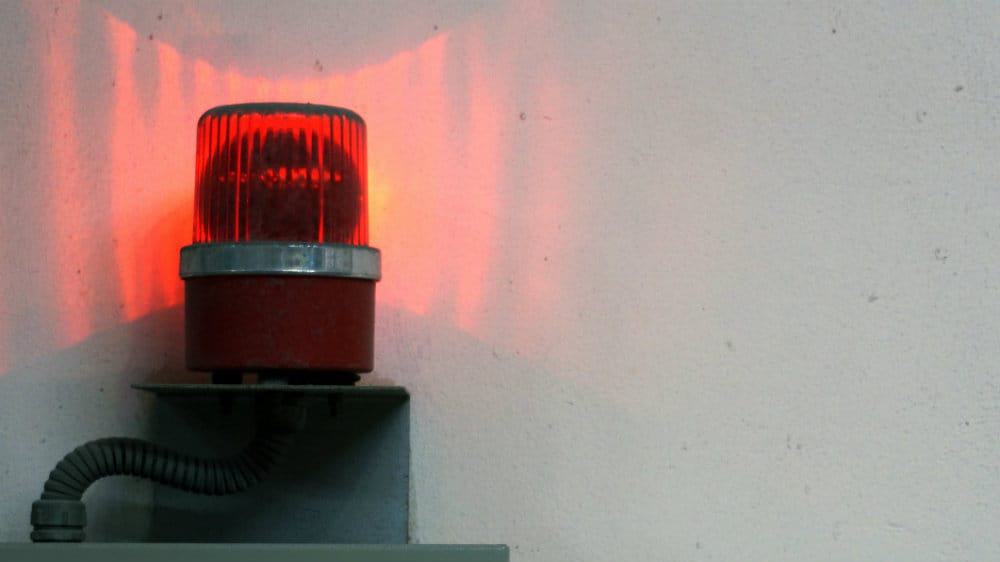The Canada Emergency Response Benefit (CERB) was used by millions of Canadians over the spring and summer seasons. Coming into the fall, the federal government made it clear that it would phase out the CERB and introduce new programs. It would also revamp Employment Insurance (EI), significantly expanding eligibility. One of the three new benefit programs introduced through the Canada Revenue Agency (CRA) was the Canada Recovery Benefit (CRB).
For those who are unaware, the CRB gives income support to employed and self-employed Canadians who are directly affected by COVID-19 and are not entitled to EI benefits. Those who are eligible can receive $1,000 for a two-week period. Today, I want to discuss how the CRA can take away your CRB payments if you are not careful. Let’s dive in.
CRA: The Canada Recovery Benefit (CRB) Penalty — Refusing work
After the CERB, policymakers were determined to reduce unemployment and boost labour participation. One of the stipulations for the CRB is that those eligible need to be actively looking for work. Moreover, the CRA introduced a penalty for those who refuse a reasonable employment opportunity.
If the CRA finds out you are refusing work, it can slash five installments from your 13 CRB periods. A second proven infraction will result in another five periods being slashed. This can add up for Canadians who need the CRB. Moreover, the CRA can also suspend applications for the benefit for the offending individual for 10 weeks.
Clawback on total annual income
CRB recipients are eligible if they can’t obtain work or if they are earning less than 50% of their average weekly income due to the pandemic. However, if you are working and claiming CRB, you need to closely watch your total annual income. If it exceeds $38,000, the CRA can then take back CRB payments at a rate of $0.5 for every dollar of surplus income. Again, this can really add up.
CRA and the CRB: Business as usual
Just like the CERB, the CRB is a taxable benefit. In order to simplify things, the CRA is already taking back $100 every period for the $1,000 CRB payment. Moreover, the CRB payments will be added to your 2020 taxable income. This is something to keep in mind ahead of tax season in the next calendar year.
One way to avoid the tax man and collect monthly income
The CRB can generate its share of headaches for recipients who find themselves failing to meet stringent eligibility requirements. Canadians who are hungry for monthly income but want to avoid paying tax should invest through a Tax-Free Savings Account (TFSA).
Are you on the hunt for monthly income? Canadians should consider Sienna Senior Living (TSX:SIA). This company provides senior housing and long-term-care (LTC) services in Canada. The COVID-19 pandemic has cast a spotlight on this space, with over 80% of COVID-19 deaths in Canada occurring in LTC facilities. Moreover, this is an area where the public and private sector must work together to make major improvements.
Sienna Senior Living currently offers a monthly dividend of $0.078 per share. That represents a hefty 7.1% yield. Canadians who stash this stock in a TFSA can gobble up tax-free income on a monthly basis. For others, there is still the option of the CRB, which can be applied for through the CRA online portal.










